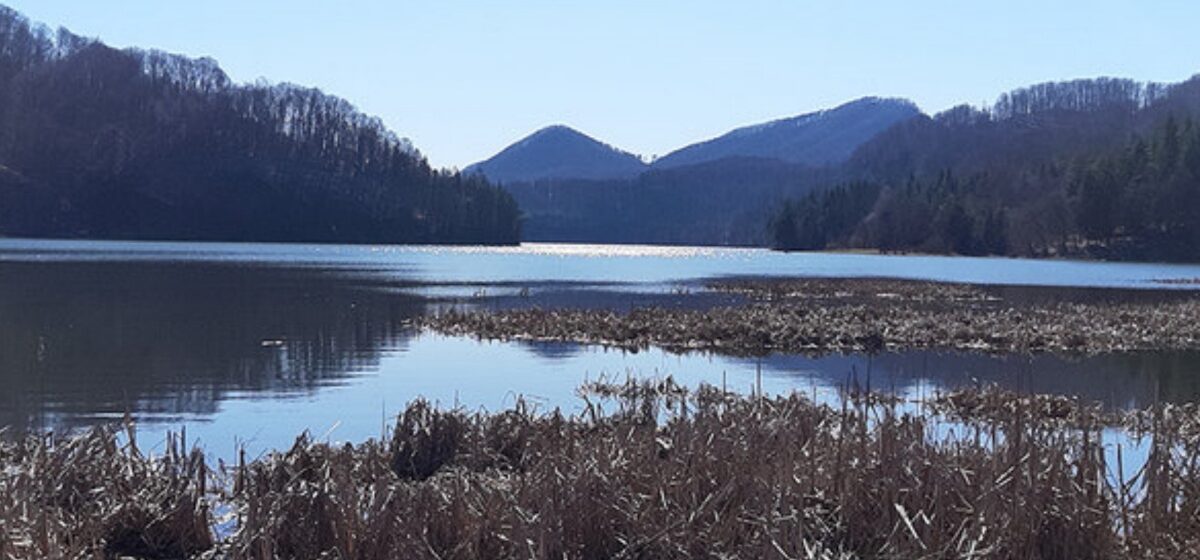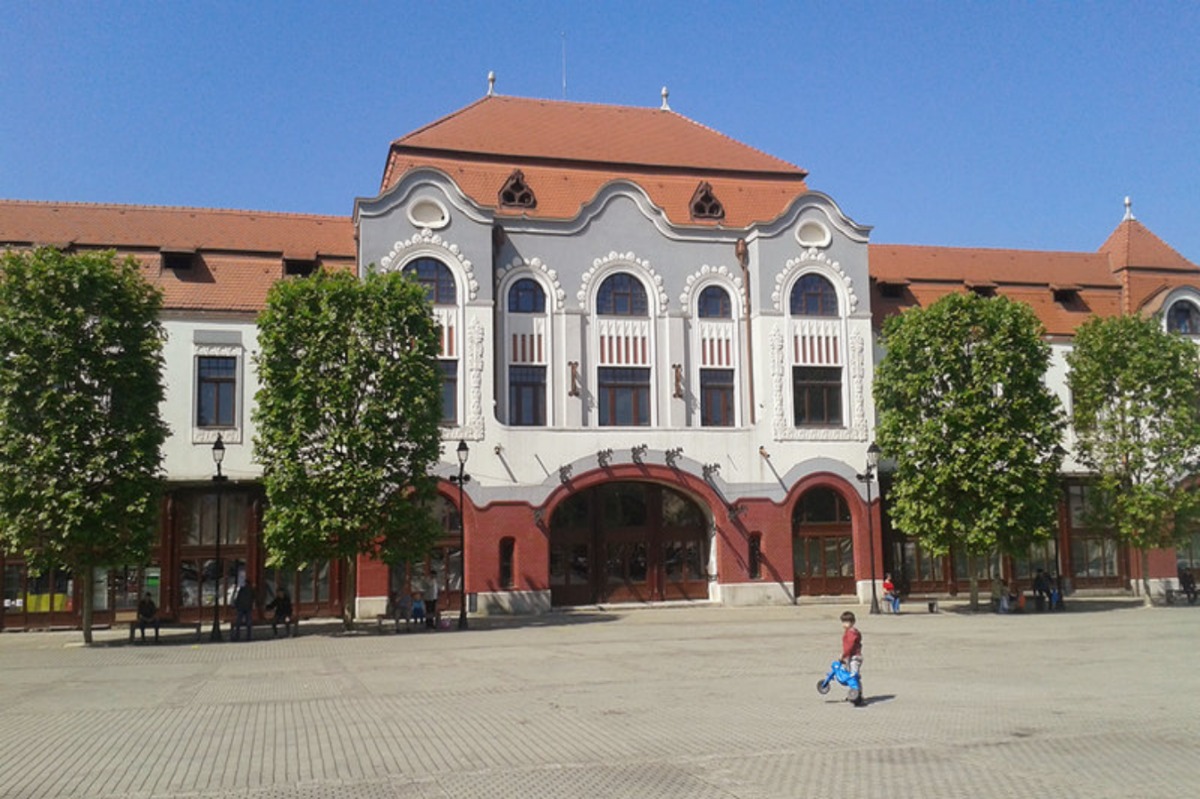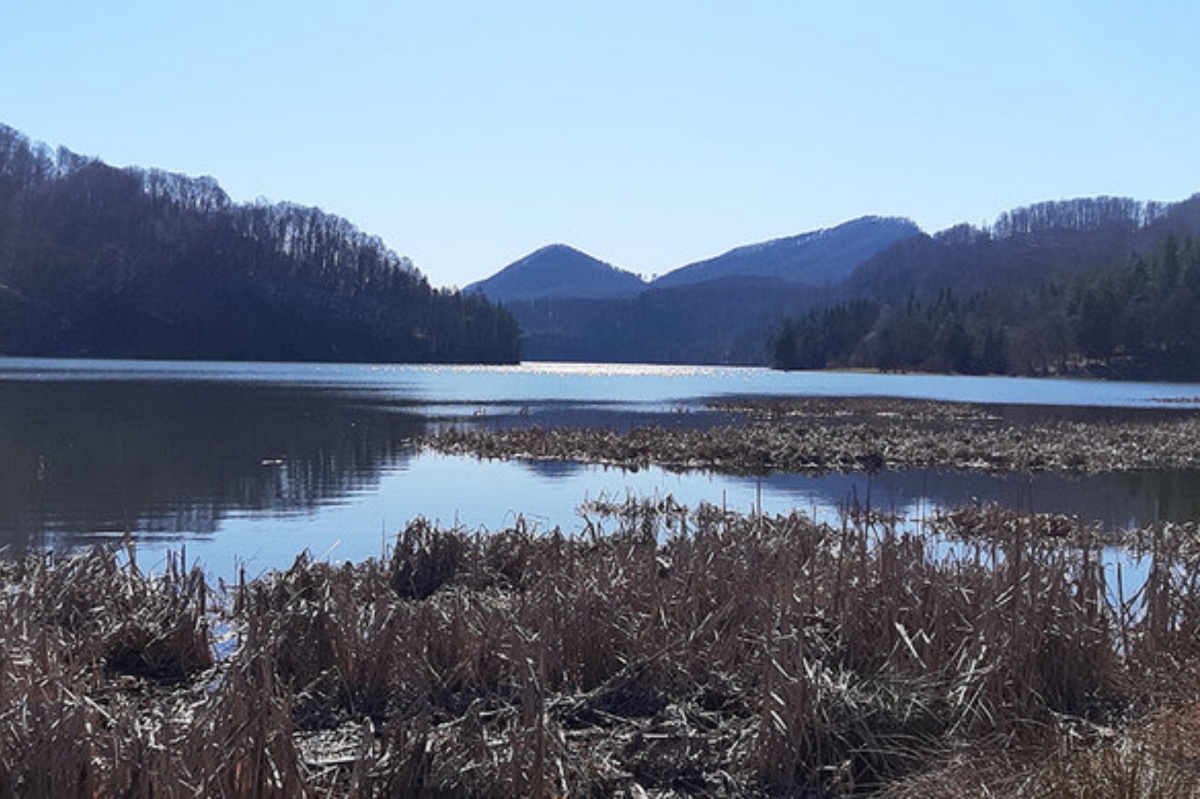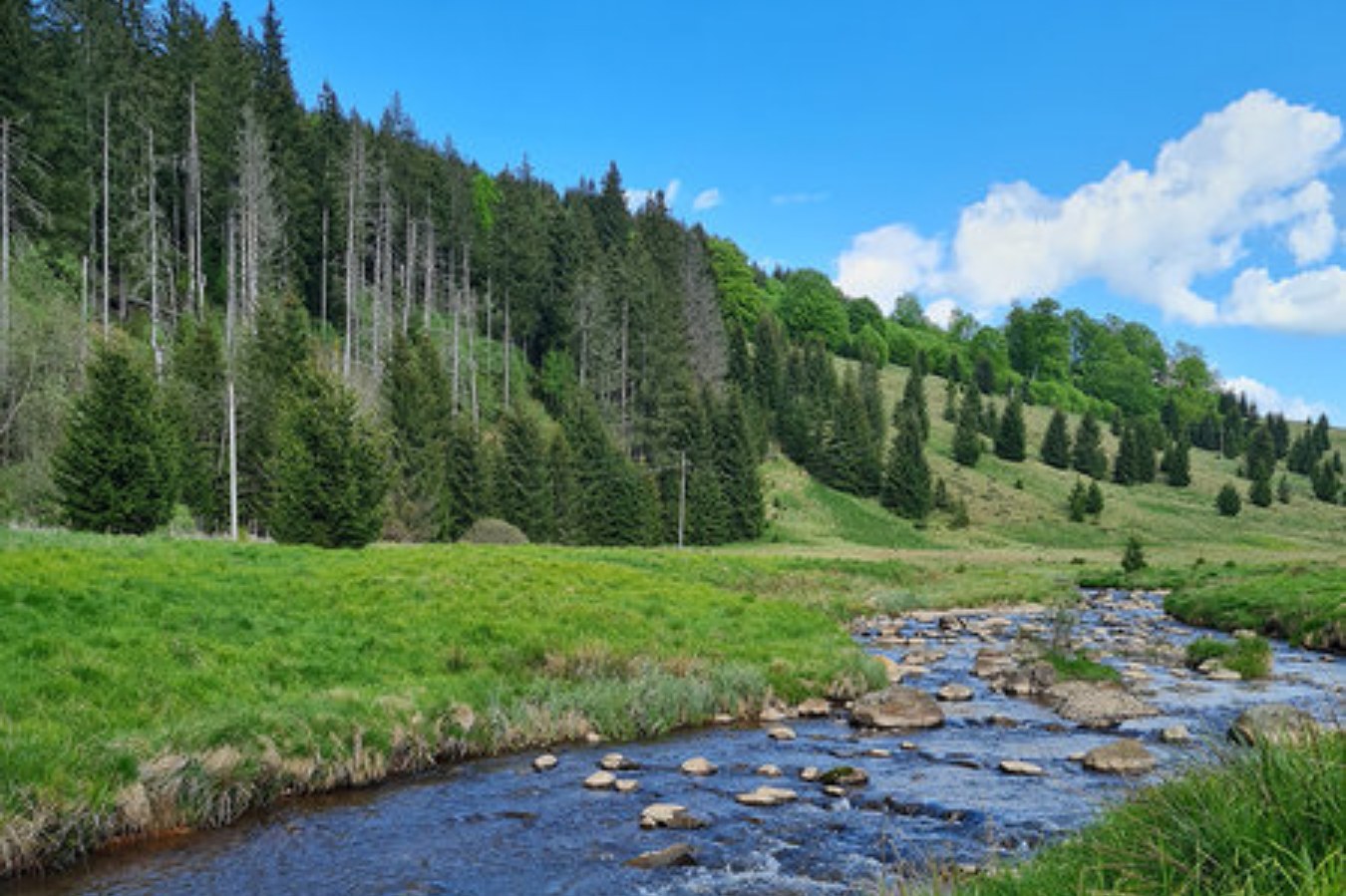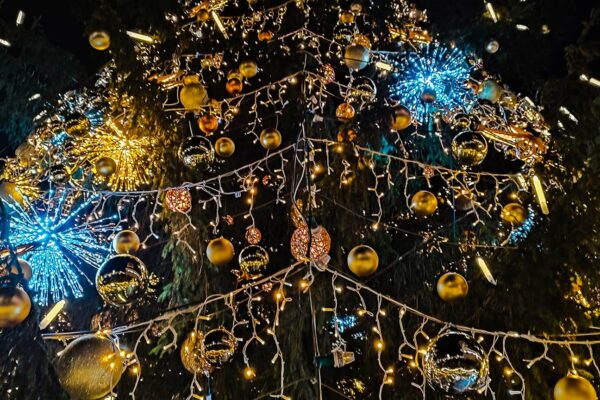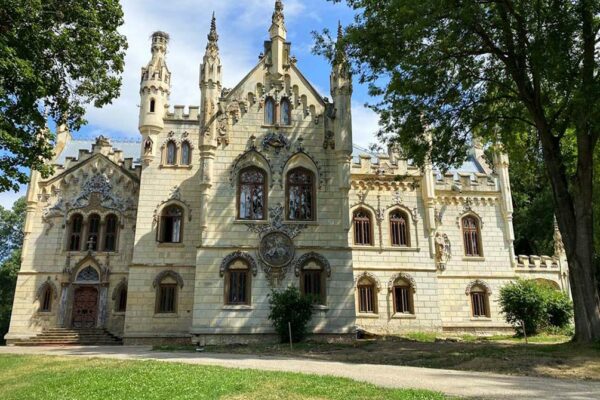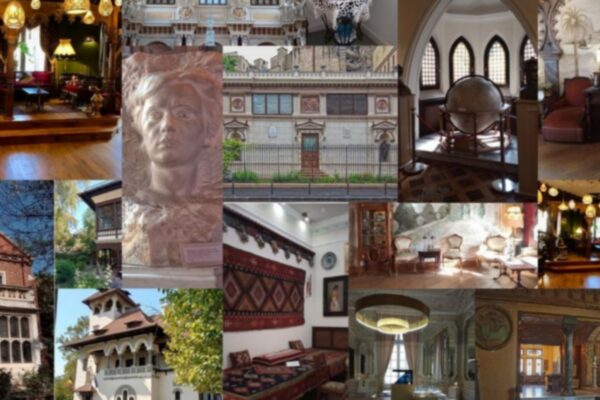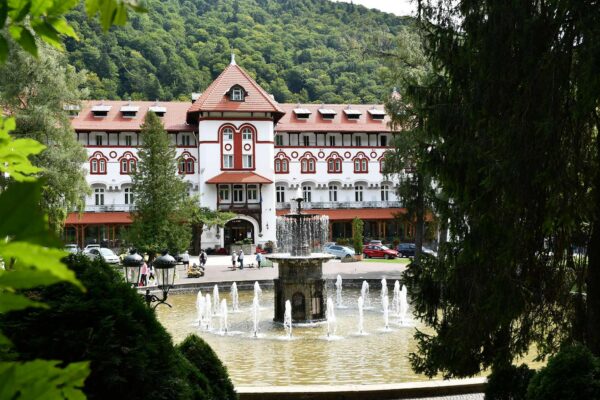
Casa Mița Biciclista in Bucharest | Christmas mixed with timeless architecture
14 December 2023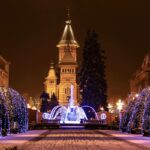
Discover the charm of Timișoara / A city full of history and culture
22 December 2023Much more than just a gateway to the idyllic region Maramuresh | Transformation of a mining town into a cultural landscape
The traditional mining and industrial town of Neustadt/Baia Mare (formerly known as Frauenbach) is located in the valley basin at the foot of the Gutâi mountain massif. Non-ferrous and precious metals have been mined here since the 14th century. The town’s industrial history has left its mark to this day. In 2000, the town made negative headlines across Europe when a tailings management facility for metallurgical waste burst, resulting in a serious environmental disaster caused by the release of sodium cyanide and heavy metals. Like many Romanian industrial cities, Neustadt was also confronted with structural change. A challenge that the city seems to have mastered exceptionally well, especially in recent years.
Anyone who at first glance reduces the largest city in the district of Maramuresh to its industrial history is doing it an injustice. For a long time, it was seen as the “ugly duckling” of the northwest. In older travel guides, it was often described with adjectives such as off-putting or shabby. However, the town on the small river Săsar has much more to offer and is sometimes underestimated. Last but not least, the city’s bid for the title of “European Capital of Culture” on the part of Romania, which ultimately went to Timisoara/Timisoara, proves that something is happening in Neustadt and that structural change is being implemented in major steps. You can immerse yourself in the picturesque Maramures around the city. One of the most beautiful landscapes in Romania.
Small but nice
The old town is not particularly large, so it is easy to explore on foot. It stretches around Freedom Square/Piața Libertății. The central square is surrounded by beautifully renovated, colorful buildings. It is a particularly pleasant place for a stroll. In the various chic cafés, restaurants and bars, you will find everything your taste buds desire, from rustic to international cuisine. Once you have made yourself comfortable on the terrace of one of the cafés, you can also enjoy an excellent view of the hilly landscape of the Eastern Carpathians that surround the city.
In search of medieval traces
Various traces of the Middle Ages can be found around the old town. If you take a closer look, you will come across the so-called “Iancu de Hunedoara House” directly on Freedom Square. It is the oldest building still standing in the city and its history can be traced back to the 1440s. To the south-east of Freedom Square is the Stefan Tower, which borders the fortress square. This is one of the city’s landmarks, which also dates back to the 15th century. This is the bell tower of the former church of “Saint King Stefan”. The first documented mention of the “Saint Stefan” church dates back to 1347. The tower, built from solid stone, was erected on the initiative of Prince Johann Hunyadi to commemorate the victory of Ialomița (1442) against the Ottomans. It is around 50 meters high and offers a magnificent view over the entire city from the vestibule.
Further south of the old town, you will come across the so-called “Metzgerturm”, which according to sources was built in 1547. It is a remnant of the former city wall, which had a total of seven towers and was built in the 15th century for defensive purposes. The south gate, one of the four main gates of the city complex at the time, was also located here. The tower was also known as the “ammunition tower” because the soldiers kept weapons and gunpowder inside the building. It was given this name because the butchers’ guild had the task of using it to defend the fortress against attacks from outside. The butchers’ guild was one of the largest and most influential guilds in the city during this period.
Traditional theaters
Neustadt can look back on a long tradition of theater. If you are interested in theater, you can also find it here. The city has had two theaters for over 60 years: the one founded in 1952 as the “Staatstheater” with a stage in the former “Popular” cinema and the one known today as the “Stadttheater” in the Schauspielgebäude, just a few hundred meters from the old town. There has also been a puppet theater since 1956, which delights young and old with various plays.
Museums for every taste
If you want to combine your city trip to Neustadt with a visit to a museum, you have a good choice here. In addition to a planetarium, the city has a total of six museums with different focuses.
One of the best known and most popular is the Museum of Mineralogy. The museum offers visitors over 900 square meters of permanent exhibition space with over 1000 mineral and fossil exhibits. A further 15,000 exhibits can be found in the museum’s storage rooms. This makes it one of the largest regional museums in Romania.
If you are more interested in the history of the Maramures region, the County Museum of History and Archaeology is the right place for you. It is located on the edge of the old town opposite the Roman Catholic Church of the Holy Trinity.
Interesting facts about the ethnographic features of the region can be explored in the Museum of Ethnography and Folk Art and the open-air and village museum, which has existed since 1984. The village museum focuses on four ethnographic areas in north-western Romania. Architectural exhibits of village life from the regions of “Țara Chioarului”, “Țara Lăpușului”, “Țara Codrului” and “Țara Maramureșului” are on display. The open-air museum is open all year round and can be visited from Tuesdays to Sundays.
For anyone interested in our starry sky, Neustadt has the oldest planetarium open to the public in Romania. The planetarium was opened in 1969. Today it offers a wide range of astronomy activities for young and old. It is especially worth a visit for families.
Former artists’ colony still has an impact today
Many art lovers will be familiar with the name of the now internationally renowned artist Adrian Ghenie. He is also a son of the former mining town. However, few people know that Neustadt was already an artistic center for several well-known artists during the Belle Époque from the end of the 19th century until the 1930s. It was here that the “Neustadt School of Painting” movement emerged within the artists’ colony, where more than 3,000 artists from Central and Eastern Europe worked during its existence. The art museum “Centrul Artistic” is also dedicated to this theme. It is the only museum in Romania to exclusively exhibit works by these artists. In total, the museum has a collection of around 3300 works of art.
The “Florean” is another art museum that is well worth a visit. It is based on the idea of making a private collection accessible to the public. The institution has been expanding its collection for eleven years. There is a wide range of works of art on display, including paintings, photographs, prints, sculptures and graffiti. The museum is also dedicated to promoting talent. Young artists are given the opportunity to present their works in the exhibition rooms.
Chestnuts – more than just a symbol
The chestnut tree has been an important symbol of the town for hundreds of years. The chestnut festival, which has been held annually in autumn for over two decades, is one of Neustadt’s most important celebrations. Every year, it is a magnet for visitors, attracting locals and tourists alike.
Idyllic landscape and culture on the doorstep
Neustadt is also an ideal starting point for a city break to discover the beauty of the Maramures. Once you leave the city, you can immerse yourself relatively quickly in the breathtaking, wooded hilly landscape. There are various possibilities and excursion destinations here at any time of year. In winter, Kapnik/Cavnic and the Șuior complex are the first port of call for skiing. If you take the drive up to the “Statiunea Izvoare”, you will be rewarded with a wonderful view of the landscape: forests, valleys and wild-looking streams. Green as far as the eye can see.
Lake Firitsa is just a 20-minute drive away. In addition to boat trips, you can also go hiking here or explore the forests on selected mountain bike routes. The area is also home to numerous famous fish restaurants (păstrăvărie) with excellently prepared trout, which often comes from the local streams.
The wooden churches of the Maramures offer a deeper insight into the cultural heritage. They are unique in shape and decoration, and eight of them in Bârsana, Budești, Desești, Ieud, Plopiș, Poienile Izei, Rogoz and Șurdești have been recognized by UNESCO as World Heritage Sites.
ADZ | Allgemeine Deutsche Zeitung für Rumänien
Text & pictures: Arthur Glaser

